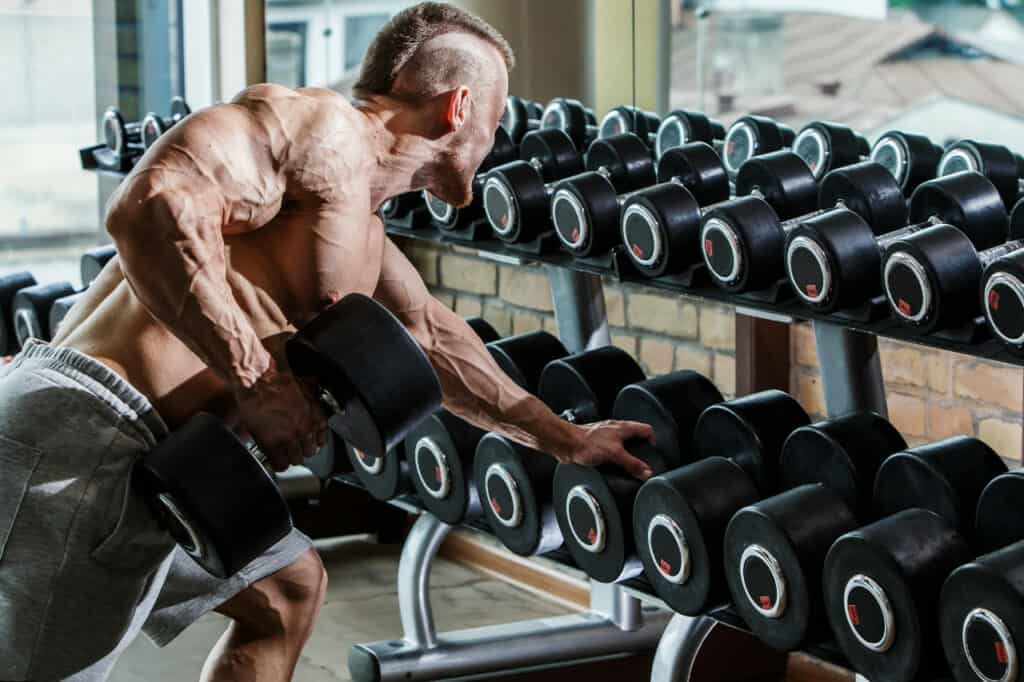Trunk veins are the most common type of vein in the body. If you have them, you’ve had to deal with them at some point. This article will look at five great treatment options for trunk veins: Sclerotherapy, Endovenous Laser Therapy (EVLT), Surgery, and VeinGogh.
Sclerotherapy
Sclerotherapy is a chemical procedure that uses a solution to destroy the vein. This may be an option for you if you have large or deep veins. It’s also effective for small and spider veins, which can be difficult to treat with other methods.
It is most effective when used on smaller parts of your body like your legs or hand; however, it can also be used on larger areas such as your arms or chest if necessary (though this does require more time and effort).
In addition, sclerotherapy doesn’t cause any pain during treatment but may cause some redness afterward because of bleeding associated with damaged blood vessels in those areas where sclerotherapy was performed earlier to accomplish its goal – reducing abnormal growths from occurring again later down the road!
Endovenous Laser Therapy
Endovenous laser therapy is a minimally invasive option that uses a high-intensity light beam to heat your body’s veins and lymphatic fluid. The treatment can be performed on both legs, but most patients opt to have one foot treated at a time.
After being prepped for this procedure, you’ll lie on an operating table with your feet elevated above your heart (so they’re not touching the floor). Your doctor will use an endoscope to guide him through each vein along the length of each leg, targeting them with lasers until they’re all treated. This process takes about 15 minutes per leg; once finished, you’ll be able to walk around normally without any discomfort or pain!
In addition to helping treat varicose veins in just minutes per session (instead of waiting weeks or months), endovenous laser therapy has increased blood flow within targeted areas by up 20% after two treatments! That means less swelling and faster healing times—and better results overall!
Surgery
You can perform surgery in the office or a hospital. Surgery is generally not covered by insurance, so you’ll need to pay out of pocket.
The most invasive option for treating trunk varicose veins is surgery. This involves an incision along your vein and removing the excess blood vessels with a laser or cautery device (a hot wire). It’s also possible to cut out part of each leg’s skin, leaving scar tissue that might prevent blood circulation through your body’s largest arteries—the aorta and pulmonary artery—and eventually lead to heart failure if left untreated for too long.
Surgery may be more effective than other treatments because it addresses both superficial and deep veins at once; however, it carries some risks such as bleeding after surgery (which could require additional stitches), infection from dirty surgical tools used during an operation (which can cause permanent nerve damage), wound healing issues due to poor nutrition after limb amputation means additional recovery time before resuming normal activities like walking again.”

VeinGogh
This is a new technology that uses heat to seal off the vein. It’s a minimally invasive option so that it can be used on both superficial and deep veins and small and large ones.
The treatment process involves placing special pads over your legs while they’re still covered by bandages (which will remain for up to two days). Then after you’ve healed, you’ll peel off these pads—and voila! You have an invisible tattoo on your leg that looks like nothing happened.
VNUS Closure
VNUS Closure is a minimally invasive procedure that uses ultrasound energy to close the vein. It’s an option for patients who are not candidates for surgery and can be used in the office or an outpatient setting.
The procedure is generally considered safe and effective for most patients. The closure typically lasts about two years.
There are many treatment options for trunk veins.
There are many treatment options for trunk veins. The first thing you should do is ask your doctor or dermatologist if they have heard of any specific ones and what their opinions are on them. If you don’t know anyone in the medical field, go to your local library and look up books!
You can find out how long each treatment takes by looking at the directions that come with each product and its packaging. However, this could change depending on how much time you give yourself between using these products (i.e., if there is no power near where I live). Some treatments take only minutes, while others may take hours or even days before seeing results!
The cost of trunk vein treatments varies greatly depending on where they’re purchased from–from $5-$20/bottle up through $100+ per ounce depending on what type of bottle size (i.e., pump spray vs. roll-on) is used along with its price tag attached to each bottle itself!”
Conclusion
Trunk veins are unsightly and can make you self-conscious. That’s why finding a treatment option that works for you is important. Your best bet is to visit your doctor and discuss the options, so they can help you decide on the best one for your unique skin type and needs. Contact us today to determine which treatment option will work for your condition. You can also visit our website East Bay Vein Specialists for more information.



